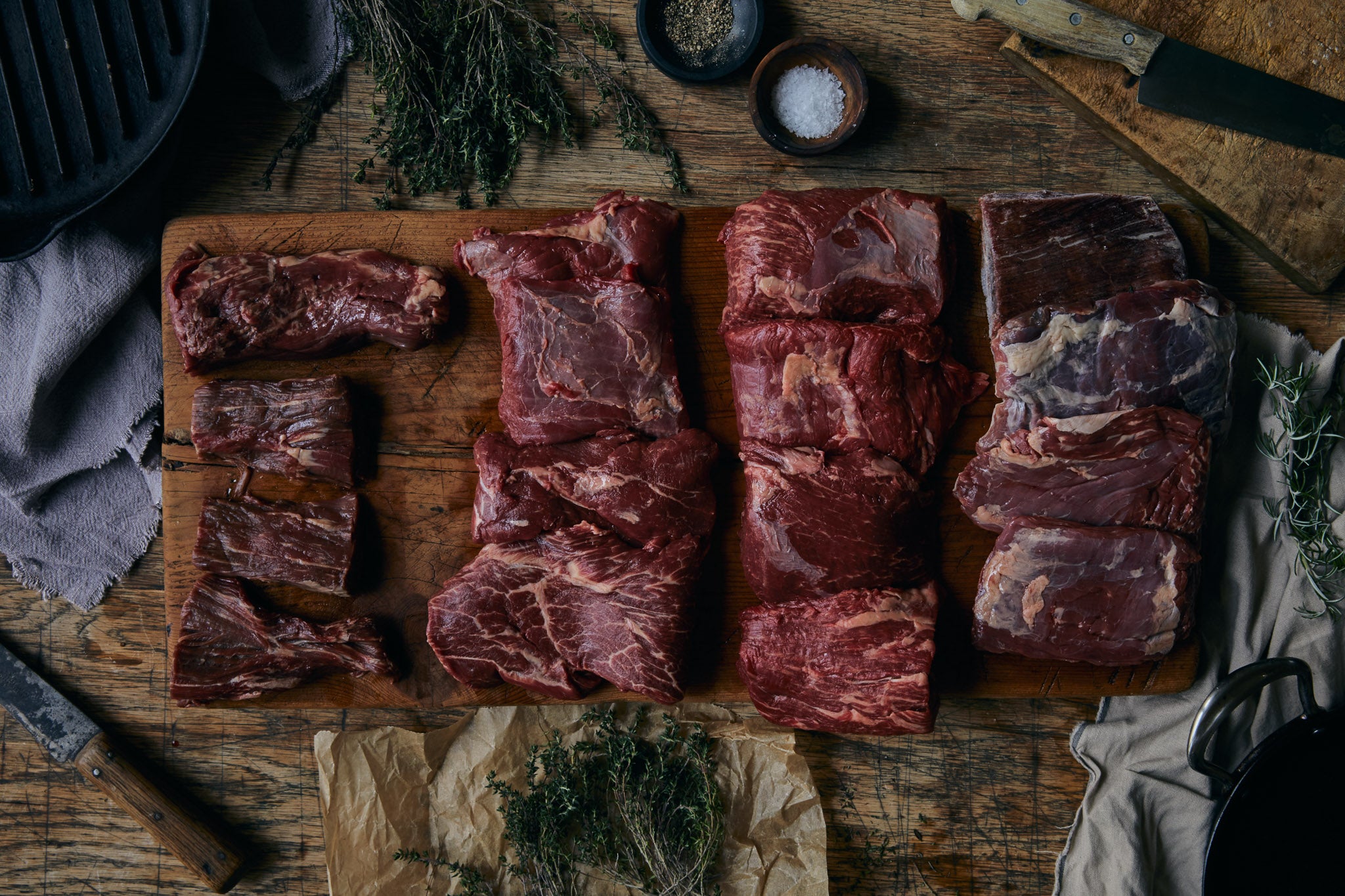Regenerative Agriculture and the Soil Food Web: A Comprehensive Analysis
Introduction: Unearthing the Changes Regenerative Agriculture Can Make
Regenerative agriculture, a term now reverberating in agricultural circles, isn't merely a method—it's a movement towards revitalizing our planet's soil health. At the heart of this movement is the intricate and bustling universe known as the soil food web. To truly appreciate the transformative potential of regenerative agriculture, one must delve deep into the microscopic world beneath our feet and understand its undeniable correlation with the land's fertility.
The Soil Food Web: A Detailed Exploration
Beneath the ground, a bustling metropolis of microorganisms orchestrates the cycle of life. This complex community consists of:
-
Bacteria & Archaea: Often the most abundant, these microorganisms break down minute organic compounds, releasing nutrients into the soil, and playing a foundational role in nutrient cycling.
-
Fungi: While they are instrumental in decomposing organic materials, certain fungi, like mycorrhizal fungi, create vast networks—sometimes spanning miles—that facilitate nutrient and water absorption for plants.
-
Protozoa: As they feed on bacteria and other microorganisms, they release excess nitrogen, benefiting plant growth.
-
Nematodes: These microscopic worms can either enhance or hinder plant growth, depending on their type. Predatory nematodes, for instance, feed on pest species.
-
Arthropods & Earthworms: Ranging from tiny mites to larger creatures like beetles and ants, these critters assist in decomposition and aeration, enhancing soil structure.
Regenerative Agriculture: Principles and Practices
Regenerative agriculture offers a profound shift from conventional farming. It prioritizes:
-
Soil Health: Constantly nourishing the soil through organic matter additions like compost, mulch, and green manures, ensuring a vibrant microbial community.
-
Minimal Disturbance: Tilling, a common agricultural practice, can disrupt microbial communities. By reducing or eliminating tilling, the soil structure is preserved, allowing for microbial growth and network formation.
-
Diverse Crop Rotation: Planting various crops sequentially reduces pest pressure and disease prevalence. Additionally, different plants nourish different microbial communities, promoting a balanced soil ecosystem.
-
Cover Cropping: This involves growing crops to cover and protect the soil rather than for harvest. Cover crops enhance soil organic matter, suppress weeds, and assist in pest management.
Synergy: When Regenerative Agriculture Meets the Soil Food Web
The convergence of regenerative agriculture and a thriving soil food web results in:
-
Enhanced Soil Fertility: As microbial communities flourish, they break down organic matter more efficiently, increasing the availability of nutrients.
-
Natural Pest Resistance: A balanced microbial community can suppress soil-borne diseases and deter pests.
-
Water Retention: Healthy soils, rich in organic matter, can hold more water, reducing the need for irrigation and enhancing drought resilience.
-
Carbon Sequestration: Through photosynthesis, plants draw carbon from the atmosphere. With regenerative practices, this carbon can be stored in the soil for longer durations, mitigating climate change impacts.
Conclusion: Embracing the Future of Farming
The symbiotic relationship between regenerative agriculture and the soil food web's vitality offers a blueprint for the future of sustainable agriculture. In recognizing and nurturing this relationship, we not only pave the way for heightened agricultural productivity but also foster a more harmonious coexistence with the natural world. As we look ahead, it is evident that the amalgamation of regenerative practices and a profound respect for the soil food web will be paramount in shaping our planet's agricultural trajectory.


